What is the tolerance range of precision screws?
What is the tolerance range of precision screws?
Service Hotline
+86760-8787 8587We have more than ten years of production experience in the screw industry. The main products are: 1769 hexagon slotted nut, expansion screw with ring, saddle washer, knurled nut, half-threaded screw outer, outer diameter 5mm, extra thick and thickened nut, Iron white zinc-plated screws, GB63, half-wire bolts, top needle roller pins, nylon double-way columns, anti-loose nylon nuts, half-countersunk head screws, black high-strength nuts and other fasteners, due to different product materials and specifications, Prices also vary, please contact us if necessary.


The first person to describe the spiral was the Greek scientist Archimedes (c. 287 BC - 212 BC). An Archimedes screw is a huge spiral contained in a wooden cylinder that is used to irrigate fields by raising water from one level to another. The real inventor may not be Archimedes himself. Maybe he was just describing something that already existed. It may have been designed by the skilled craftsmen of ancient Egypt for irrigation on both sides of the Nile. In the Middle Ages, carpenters used wooden or metal nails to attach furniture to wooden structures. In the 16th century, nail makers began producing nails with a helical thread, which were used to connect things more securely. That's a small step from these kinds of nails to screws. Around 1550 AD, the metal nuts and bolts that first appeared in Europe as fasteners were all made by hand on a simple wooden lathe. Screwdrivers (screw chisels) appeared in London around 1780. Carpenters have found that tightening a screw with a screwdriver holds things in place better than hitting with a hammer, especially with fine-grained screws. In 1797, Maudsley invented the all-metal precision screw lathe in London. The following year, Wilkinson built a nut and bolt making machine in the United States. Both machines produce universal nuts and bolts. Screws were quite popular as fixings because an inexpensive method of production had been found at that time. In 1836, Henry M. Philips applied for a patent for a screw with a cross recessed head, which marked a major advance in screw base technology. Unlike traditional slotted head screws, Phillips head screws have the edge of the head of the Phillips head screw. This design makes the screwdriver self-centered and not easy to slip out, so it is very popular. Universal nuts and bolts can connect metal parts together, so by the 19th century, the wood used to make machines to build houses could be replaced by metal bolts and nuts. Now the function of the screw is mainly to connect the two workpieces together and play the role of fastening. The screw is used in general equipment, such as mobile phones, computers, automobiles, bicycles, various machine tools and equipment, and almost all machines. need to use screws. Screws are indispensable industrial necessities in daily life: extremely small screws used in cameras, glasses, clocks, electronics, etc.; general screws for televisions, electrical products, musical instruments, furniture, etc.
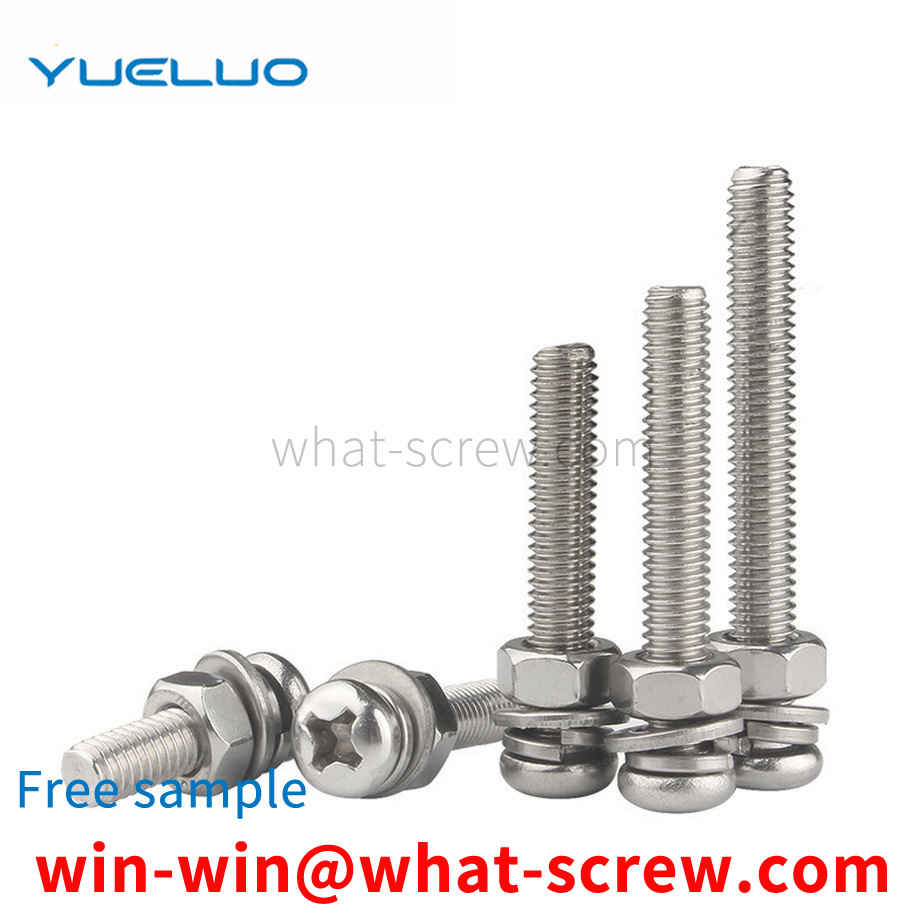
The most important link in the development and design of fasteners is quality control. There are several major points from the feed to the finished product shipment, and these major points have different inspection methods. First of all, the feed is related to appearance, size, elements, performance, detection of harmful substances, etc.; the process is more about appearance, size, percussion test, forging flow line; heat treatment is more about appearance, hardness, torque, tension , metallography, etc.; the surface treatment is more about some hydrogen embrittlement tests, coatings, salt spray, etc., including a detection of harmful substances in shipments. In size and appearance inspection, the common ones are quadratic element, contour measuring instrument, three-coordinate measuring instrument, image sorting machine (this is a full selection machine); in mechanical and chemical inspection, there are mainly hardness machines (Rockwell and Vickers). ), tensile machine, metallographic microscope; in material testing, there is a spectrum analyzer and a salt spray testing machine.
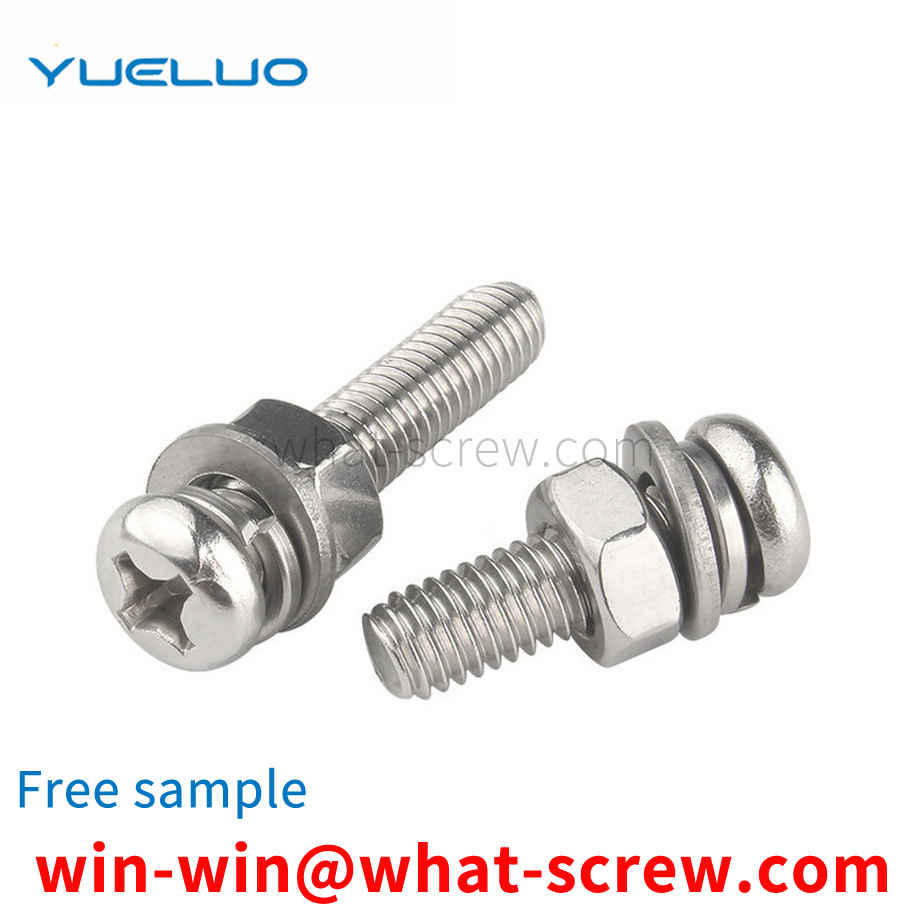
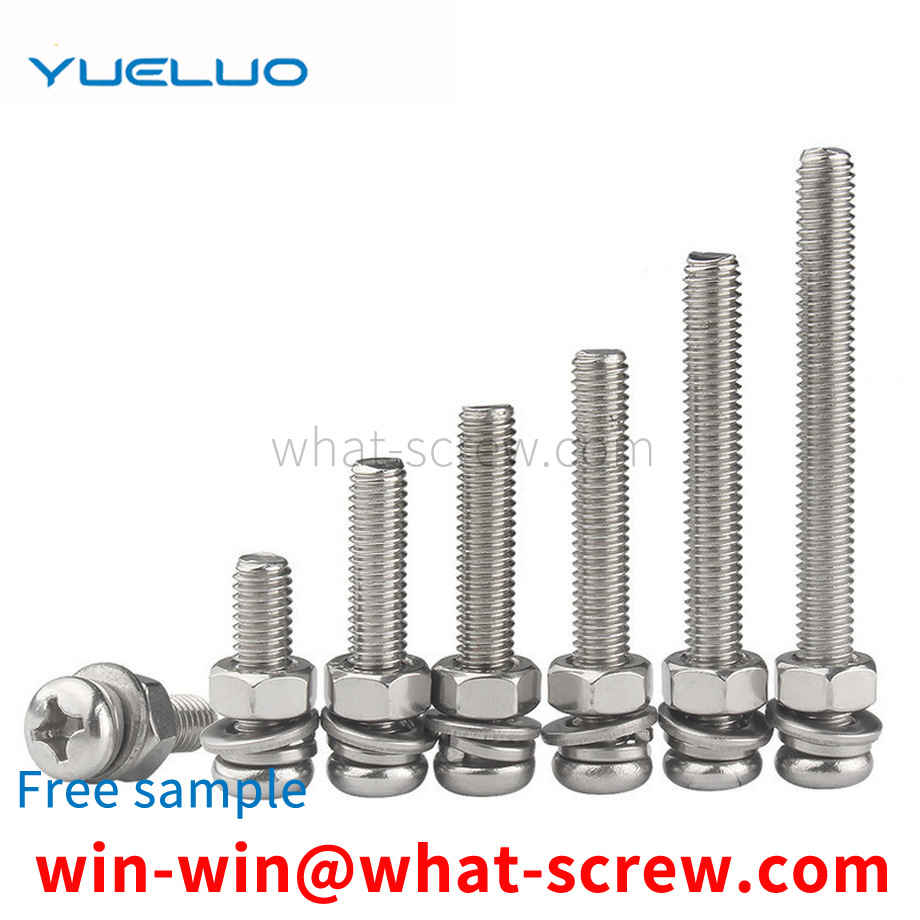
Therefore, how to provide a socket nut, a fastener and an installation method thereof that are more firmly connected and can be applied to thin-walled profiles is a technical problem to be solved by those skilled in the art.
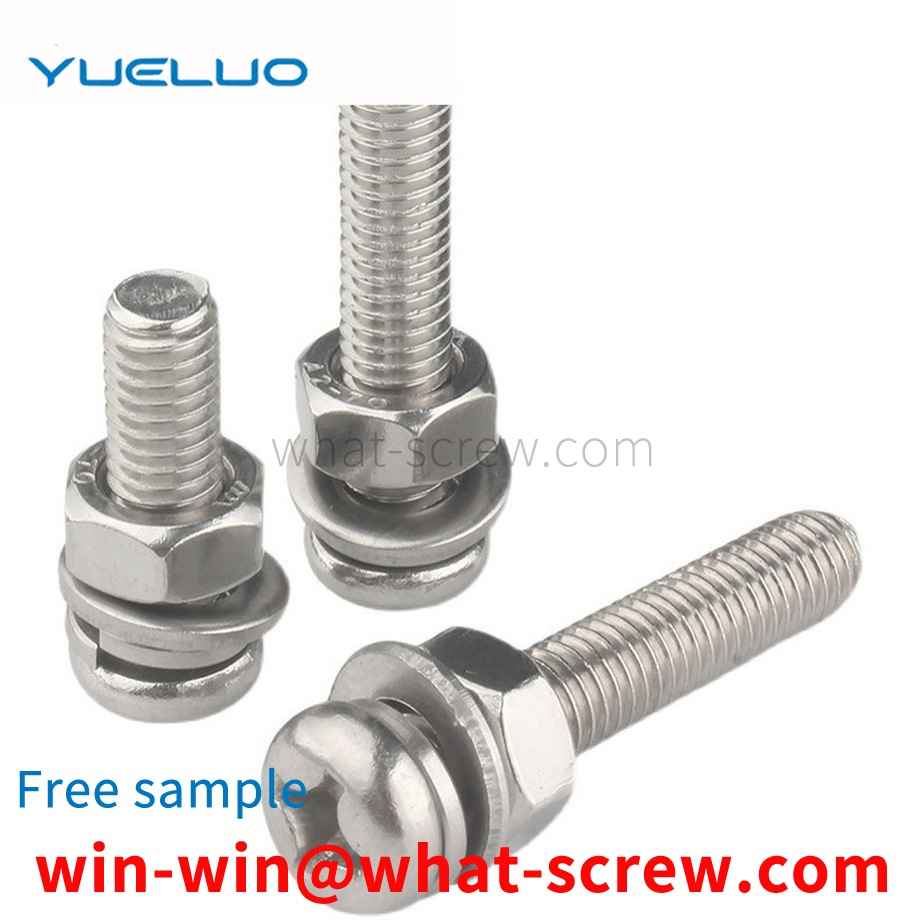
Stud bolts generally need to be surface treated. There are many types of bolt surface treatments. Generally, electroplating, blackening, oxidation, phosphating, and electroless zinc flake coating are commonly used. However, electroplated fasteners account for a large proportion of the actual use of fasteners. Especially in automobiles, tractors, home appliances, instrumentation, aerospace, communications and other industries and fields are more widely used. However, for threaded fasteners, not only a certain anti-corrosion capability is required in use, but also the interchangeability of threads must be ensured, which can also be called screwability here. In order to meet the dual-use performance of anti-corrosion and interchangeability required by threaded fasteners in use, it is very necessary to formulate special plating standards. GB/T5267.1-2002 [Threaded fastener electroplating layer] standard is one of the national standards fastener surface treatment series of standards, the standard includes: GB/T5267.1-2002 [fastener electroplating layer]; GB/T5267.2-2002 [Electrolytic zinc flake coating for fasteners] Two standards. This standard is equivalent to the international standard ISO4042; 1999 [Threaded fastener electroplating layer]. This standard replaces the GB/T5267-1985 [Threaded Fastener Electroplating Coating] standard.
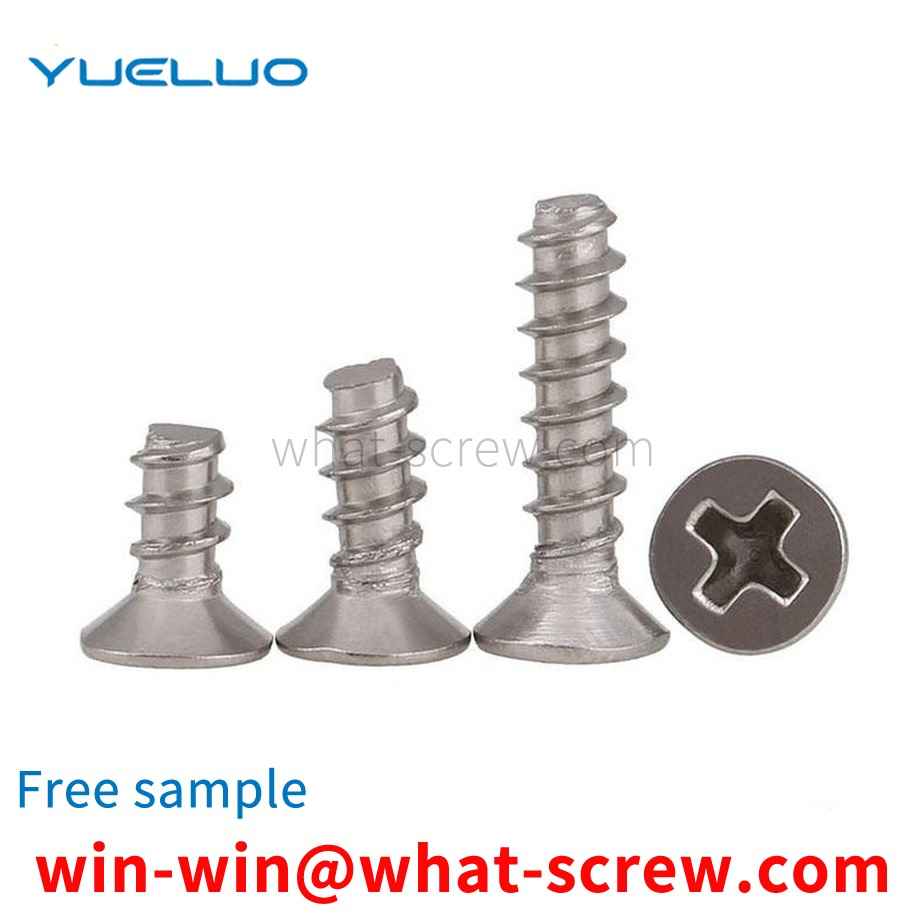
The above content is uploaded by Yueluo or the Internet. If there is any copyright issue, please contact [email protected].

What is the tolerance range of precision screws?

How to choose the right stainless steel screw manufacturer?

Why is there an R angle under the head of the hexagon head s...
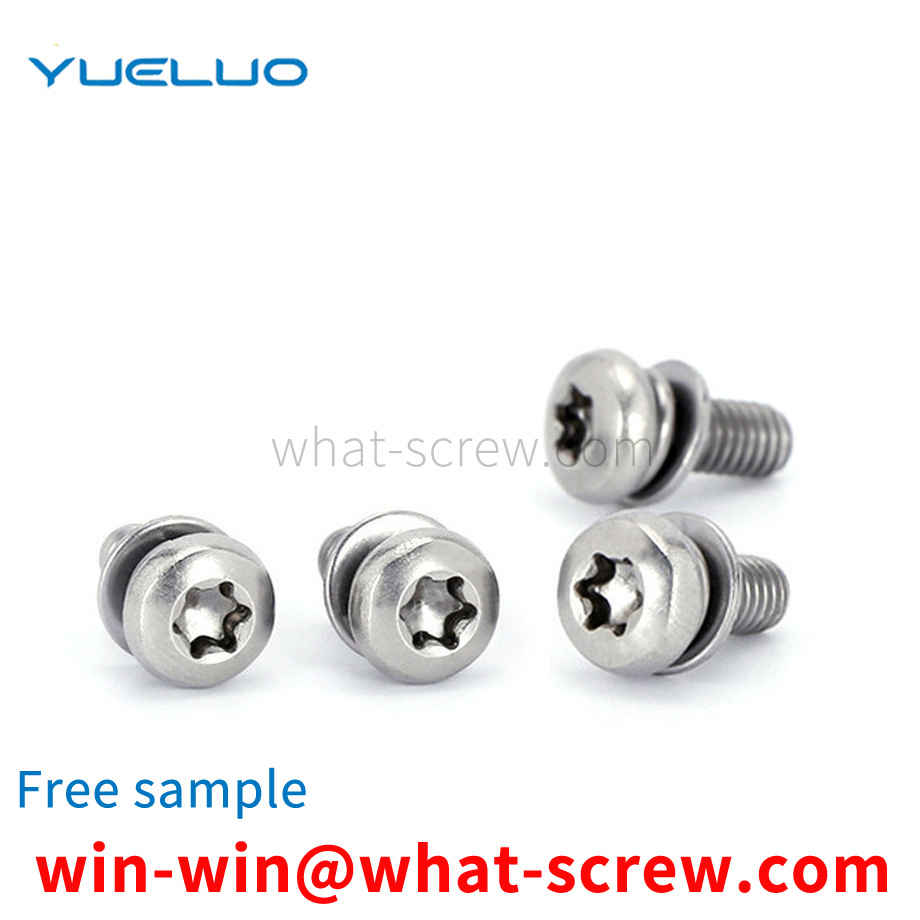
We have more than ten years of production experience in the ...

We have more than ten years of production experience in the ...

We have more than ten years of experience in screw industry ...
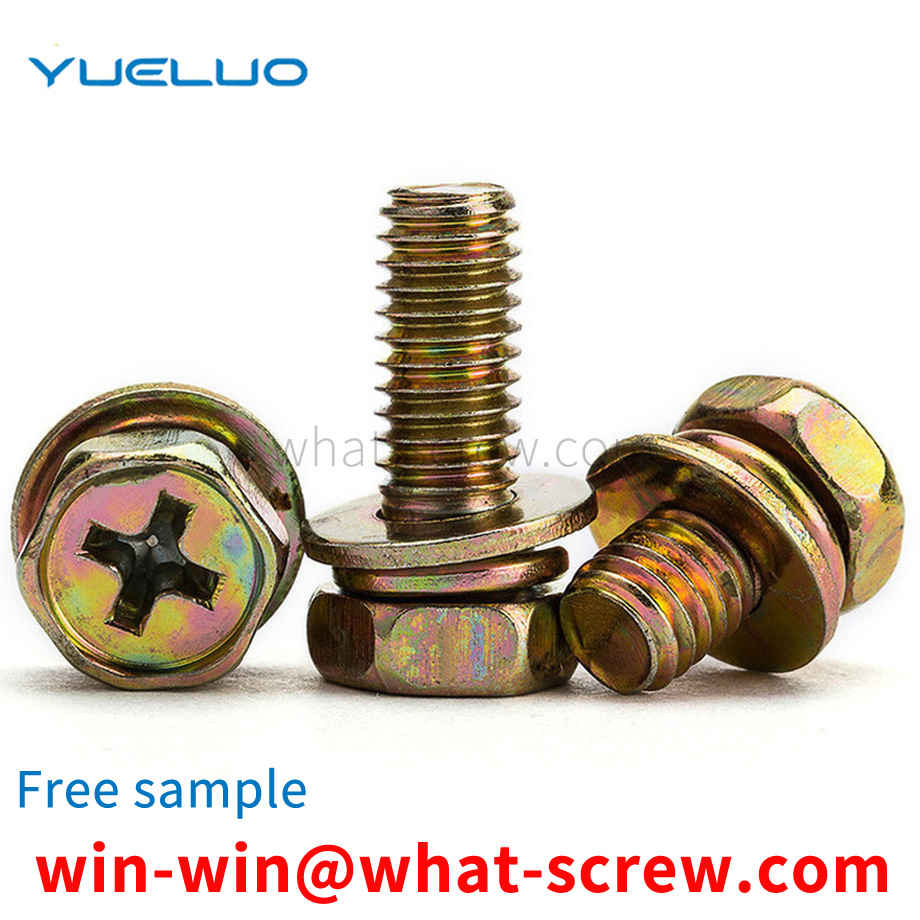
We have more than ten years of production experience in the ...